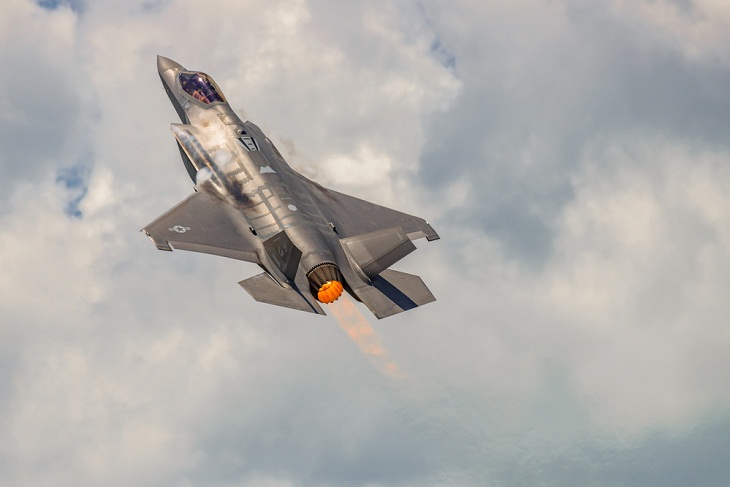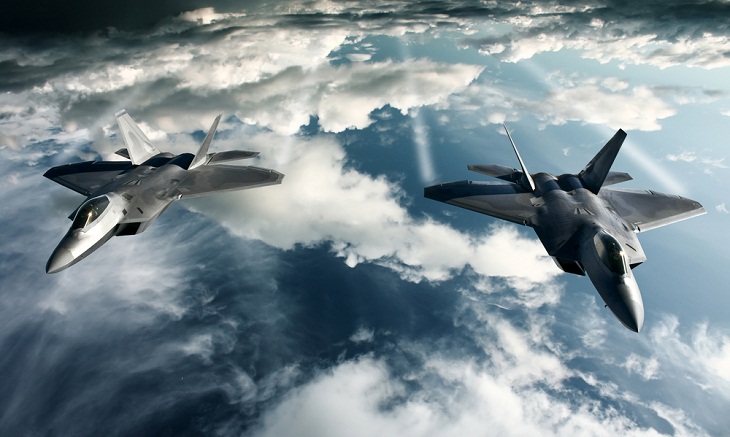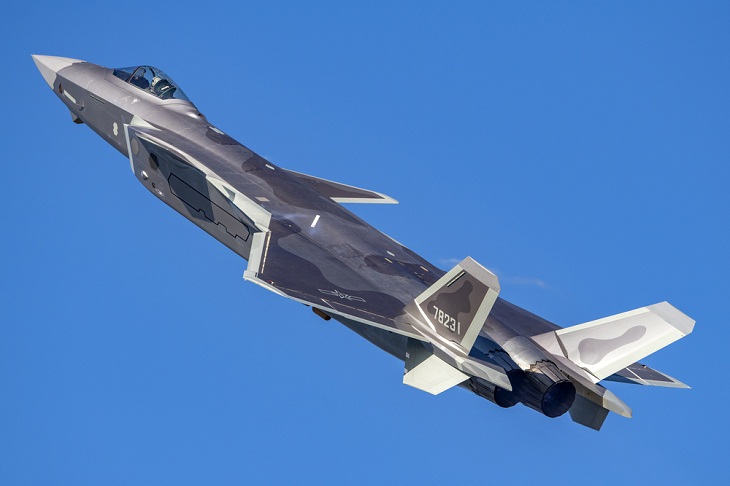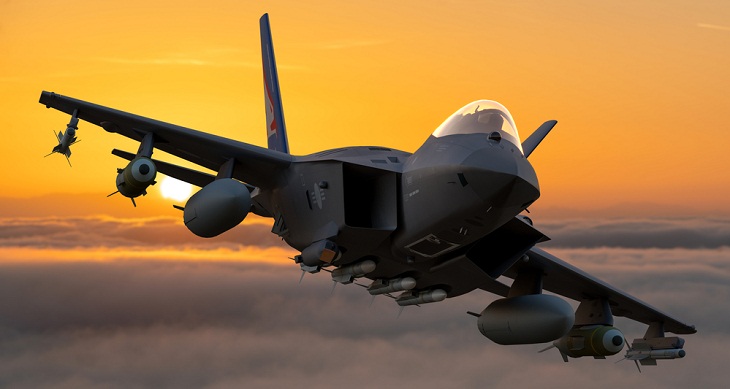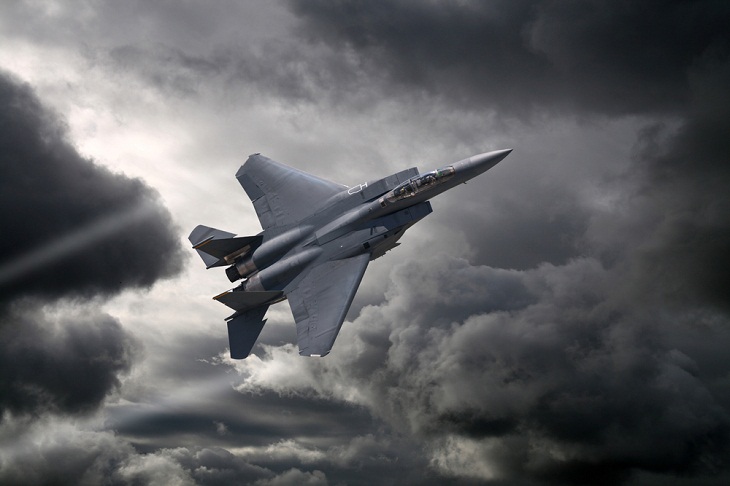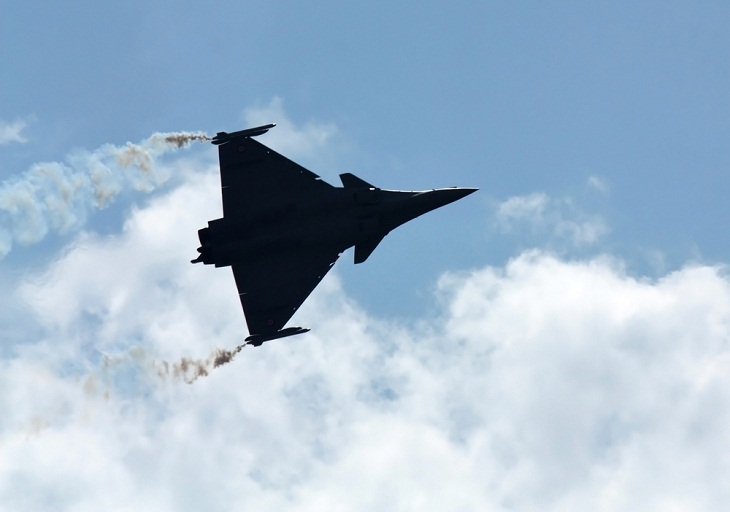The Lockheed Martin F-35 Lightning II represents the pinnacle of fifth-generation fighter development in the United States. Since commencing production in 2006, the F-35 has epitomized the cutting edge of combat aircraft advancement. It showcases unrivaled stealth attributes, sensor integration, the world's most potent aircraft engine, data networking proficiency, and state-of-the-art radar technology. Pilots benefit from an exclusive augmented reality helmet, enhancing their situational awareness to unprecedented levels.
This aircraft has taken its all-aspect stealth and sensor fusion to the maximum level, rendering it nearly invincible in beyond-visual-range combat. Moreover, it holds its own in traditional dogfights as well. In 2017, during its inaugural Red Flag exercise, the F-35 secured an impressive 20:1 kill ratio, meaning it emerged victorious in 20 engagements for every one it lost. This remarkable advantage is primarily the result of the F-35's unmatched situational awareness. It can detect and engage targets from all directions, ensuring that evading its missiles remains challenging, even when attempting to outmaneuver them.
The F-35 fighter jet family comprises three unique variants: the F-35A, which performs conventional takeoff and landing similar to traditional fighter aircraft; the F-35B, known for its vertical takeoff and landing capabilities; and the F-35C, tailored for operations on aircraft carriers.
2. The F-22 Raptor
What separates the F-22 from the rest is its outstanding stealth, speed, and maneuverability. It's capable of reaching Mach 2.25 (1,726 mph) in speed and features a Triplex fly-by-wire system coupled with advanced thrust-vectoring technology.
F-22 is the first 5th generation fighter jet to enter service. It also carries the first stealth capability of any fighter jet. Featuring thrust-vectoring engines and advanced weaponry, it holds a distinct advantage in close-quarters aerial combat and boasts formidable beyond-visual-range sensors. Operated exclusively by the United States Air Force (USAF), this aircraft remains off-limits for export due to its advanced status. Nonetheless, it has demonstrated its combat prowess through international deployments and missions.
The USAF is also continually upgrading its Raptors, which means that, despite being created more than two decades ago, they remain among the world's most advanced aircraft.
This formidable jet boasts extra features like ground assault, signal intelligence, and electronic warfare capabilities. Despite its large size compared to many contemporary fighters, it remains highly elusive on the radar. Additionally, its integrated avionics systems and exceptional maneuverability surpass those of any other aircraft.
3. Chengdu J-20 Mighty Dragon
The Chengdu J-20, China's first 5th generation fighter aircraft known as the Mighty Dragon, represents a formidable addition to their arsenal, positioned to compete with the F-22 and Su-57. This advancement in Chinese fighter jet technology introduces cutting-edge avionics and superior performance for the People's Liberation Army Air Force (PLAAF). While it may lack the maneuverability of its counterparts due to the absence of thrust-vectored engine exhausts, the stealthy design of the J-20 remains highly sophisticated.
Although the exact details of this aircraft's features are not classified, continuous improvements guarantee its ongoing relevance in the world of aerial warfare. Currently, there are plans for new variants, including a dual-seat jet designed for drone control, and a more potent engine currently undergoing testing for this aircraft. China maintains a veil of secrecy around the J-20's precise capabilities, but ongoing upgrades affirm its menacing presence in aerial warfare.
4. KAI KF-21 Boramae
Born from a partnership between South Korea and Indonesia, the KAI KF-21 Boramae symbolizes a notable leap forward in South Korea's aerospace landscape. With its blend of stealth capabilities, cutting-edge AESA radar technology, and influences from the F-35, it occupies a unique position, bridging the gap between fourth- and fifth-generation fighters.
The KF-21 had its inaugural flight as recently as July 2022, and KAI is actively producing several more prototypes while subjecting them to rigorous testing. The company's goal is to commence military deliveries of these fighter jets by 2026.
The Boramae is poised to undergo further enhancements shortly, including the integration of internal weapons bays and upgraded sensors to augment its stealth capabilities. Additionally, the incorporation of an integrated electronic warfare system will significantly bolster its combat survivability, solidifying its status as a bona fide 5th-generation fighter jet.
5. F-15 Eagle
The F-15 Eagle and its various iterations stand as among the most proficient fighter aircraft in history. Initially developed by McDonnell Douglas, its primary role was to serve as a tactical fighter for air superiority.
The Eagle has etched its name in history as one of the most successful fighter planes of the modern era, boasting an impeccable record of over 100 victories in aerial confrontations, never having tasted defeat. Many international air forces, ranging from Japan to Saudi Arabia, have invested in this formidable aircraft.
The F-15E has a high thrust-to-weight ratio and was the first fighter jet to be capable of vertical acceleration. The F-15E is faster than the F-22 and can reach speeds of over Mach 2.5 (1,918 mph).
Thanks to recent upgrades, including the twin-seater F-15E Strike Eagle variant, this aging fighter jet continues to play a vital role in modern combat scenarios.
6. Dassault Rafale
The Dassault Rafale, a product of French engineering, is widely recognized as one of the world's foremost multi role fighters. The French Air Force and Navy started using it in 2001, after a long and slow development process. Many other countries, including India, Egypt, and Qatar, have since purchased it. Rafale has also seen active action in a variety of conflict zones, ranging from Afghanistan to Syria.
What sets the French Dassault Rafale apart is its advanced avionics and weapon system integration, which grants it the capability to track as many as 40 targets simultaneously while engaging up to four targets. The Dassault Rafale employs the MDPU Thales RBE2-AA AESA radar as part of this interconnected avionics system and reaches a top speed of Mach 1.8 (1,381 mph).
Over the years, significant enhancements have been made to the Rafale, endowing it with some of the most cutting-edge electronic systems found on any aircraft. Remarkably, the Rafale possesses the capacity to simultaneously track 40 targets and engage up to four of them in combat. Its lethal capabilities were demonstrated in 2009 when it successfully simulated the "downing" of an F-22 Raptor. Current estimates suggest that this aircraft will continue to serve on active duty until the 2030s.

